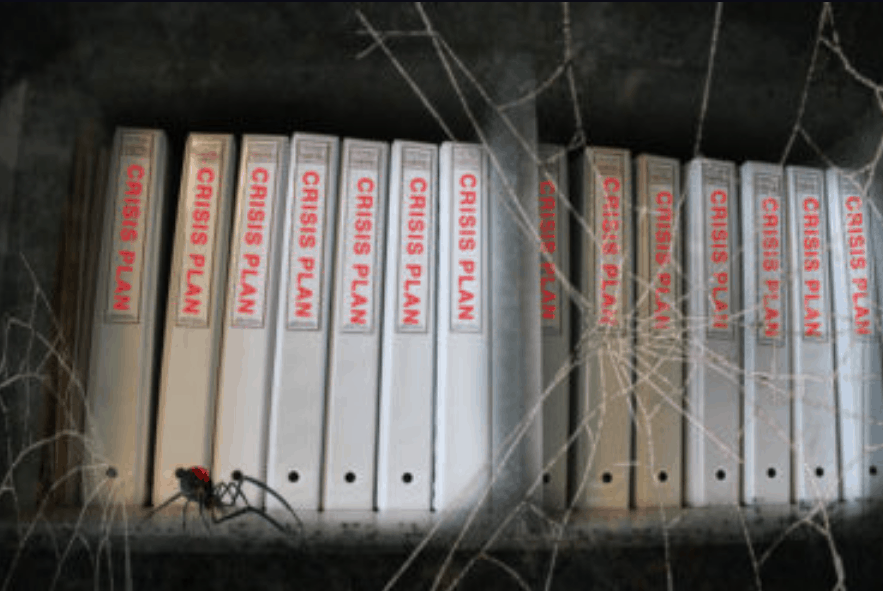Crisis binders are outdated and a risk to your reputation
By Bill Coletti, CEO, Kith
I’m going to let you in on a secret that may upset my fellow crisis communications experts. Those binders you have on your shelf right now? The ones a consultant charged you and your company thousands of dollars to create?
They’re worthless.
We often see companies trying to catalog risk by organizing every imaginable calamity in a series of white binders. The pages filed inside listed everything from executive plane crashes to data breaches to workplace violence. The examples collected in these binders were never exhaustive and were exhausting to maintain (meaning they often weren’t). So, they got compiled, shelved, and forgotten.
Too often I’ve witnessed companies in the throes of crisis Not even think to pull dusty binders off the shelf and hope that it has the answers to whatever plagues them. And too often I’ve seen them be disappointed. The idea of a crisis plan being “one and done”– your team writes it once and hope it sustains the organization for all future crises– is not only unrealistic, it put your organization at risk. To assume that something your team put together during a planning meeting will apply in the ever-changing landscape of crisis leaves you with inappropriate false sense of security less prepared than not having a binder at all.
I understand the impulse behind these binders. People want to control risk because uncertainty is uncomfortable and overwhelming. I know how they feel. Honestly, as a consultant in years past, I created those binders and plans that ended up sitting on shelves. I realize now that this was the wrong approach; that’s not what people need.
What people do need is a framework to work from. Something that, regardless of the issue, is applicable and understood by the entire organization. Enter the Kith Risk Framework. The Kith Risk Framework categorizes all of your risks into three categories:

- Strategic: Risks your organization took intentionally for superior gain
- Preventable: Risks you have a zero-tolerance for, easily avoidable
- External: Risks you have no control over (i.e a weather event)
And the good news is these three categories have prescribed response tactics, thus making your response strategy clear:
- Strategic: Defend and explain your decision to take the risk
- Preventable: Apologize and promise to make it right.
- External: Become one of the herd and promise to return to business as usual as soon as possible
This means your response is determined by the type of risk. Let’s take a look at a recent crisis: the listeria recall for Mann Packing. Presumably, a company’s food safety standards would prevent contamination of product, which makes this a preventable risk. Therefore the practice is to apologize and promise to make right, which Mann Packing has done well thus far.
Aside from freeing up shelf space, categorizing risk into this framework puts risk into a language everyone can quickly and easily understand, thus improving reaction time. In a crisis when every minute counts, this is a critical benefit of using a framework.
To learn more about the Kith Risk Framework, click here.


